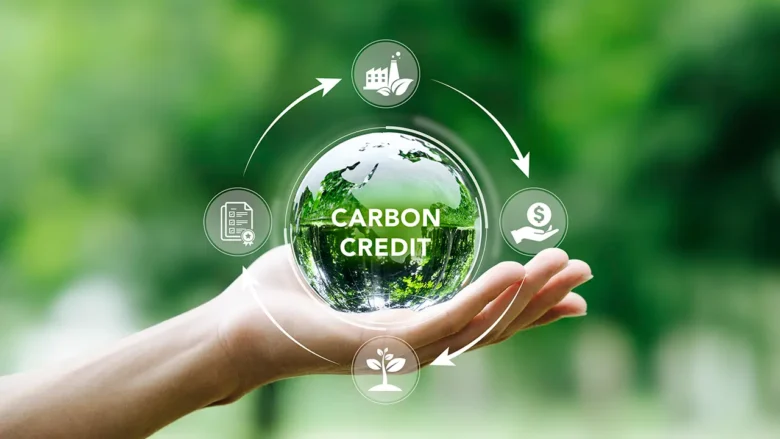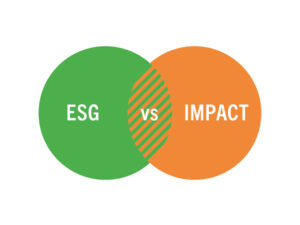Carbon finance involves trading credits to offset emissions from various projects such as reforestation and clean cookstoves, thereby offering businesses a financial incentive to reduce pollution.Investment in high-integrity carbon markets should support projects that contribute to both climate and sustainable development goals, and ICVCM standards ensure they do so successfully.
1. Reducing Greenhouse Gas Emissions
Carbon finance aims to measure emissions, incentivize individuals and businesses alike to reduce their carbon footprint, and support initiatives designed to counter climate change. Carbon finance may take the form of investments in clean energy or forestry projects or payments for carbon credits that represent tonnes of CO₂e that have been saved from entering the atmosphere via emission reduction projects.
Bibliometric analyses indicate that European and North American institutions dominate the research landscape. China also plays an influential role through institutions like China University of Geosciences, Jiangsu University, and Loughborough University, which contribute significantly.
2. Boosting Clean Energy
Carbon finance enables and encourages new technologies that reduce greenhouse gas emissions through its market mechanism, offering businesses incentives to develop innovative solutions like renewable energy, energy efficiency, and carbon capture and storage technologies.
These markets also enable businesses and individuals to voluntarily reduce their carbon footprints by trading emission credits voluntarily—an effective method to combat global warming. Developed nations possess advanced technologies and knowledge in terms of emissions reduction and sustainable practices. By sharing these technologies through carbon finance, developed nations can assist developing nations and expedite climate action efforts.
3. Reducing Pollution
Carbon finance enables companies to voluntarily reduce emissions or participate in compliance markets, and emissions trading programs provide another means of mitigating carbon levels through cap and trade systems that limit one tonne of CO2.
Sustainable projects Reducing emissions through forestry or renewable energy projects can be funded by the market, making this form of sustainability financing more accessible to businesses that might otherwise find it challenging to access it. Furthermore, research in this area highlights mechanisms that prevent marginalized communities and developing nations from incurring excessive costs. Our bibliometric analysis demonstrates that European and North American institutions dominate carbon finance research, although China (China University of Geosciences and Jiangsu University), India, and Australia also play important roles.
4. Boosting Economic Growth
The carbon finance market provides companies with a new source of investment and financing for industrial development. Companies can purchase carbon credits from project developers around the world who absorb or prevent emissions and sell these credits back as offsets against their own emissions.
Liu Y, Chen Y, and Hourcade J-C’s research shows that carbon finance leads to higher green total factor productivity. This paper examines how economic financialization affects green total factor productivity, using technology progress and transaction market turnover as mediating variables.
5. Boosting Human Health
Carbon finance refers to money that businesses use as subsidies in their efforts to reduce greenhouse gas emissions, with this idea serving as an essential element of global sustainability initiatives that aim to limit climate change and greenhouse gas levels.
Emissions trading systems (ETSs) and cap and trade systems are such initiatives. Under such efforts, business entities are allotted limited emission allowances each year to trade against those of other businesses that have reduced emissions in order to offset their own. This research area focuses on central topics such as carbon finance and climate change, along with additional concepts like investments, pollution taxes, and costs that influence its findings.
6. Protecting Ecosystems
One form of financing that frequently draws attention is carbon finance—funding projects to reduce carbon dioxide emissions and address climate change mitigation.
These include projects that capture and store carbon emissions underground, like forests or wind farms. Also included are activities that absorb or avoid CO₂, like planting trees or switching out wood-fired cookers with solar ones. Restoring coastal and marine ecosystems such as mangroves, seagrass beds, and salt marshes can also provide flood protection and food security benefits for communities.
7. Boosting Security
Carbon markets have emerged to provide financial incentives to companies for reducing emissions. These schemes are known as emissions trading schemes or cap-and-trade systems.
These schemes utilize market forces to reduce emissions significantly; entities purchase credits from businesses that have successfully reduced emissions below specified limits, in turn helping these schemes drastically decrease emissions. Research is rapidly progressing on how carbon finance mechanisms can be made more equitable so as not to burden marginalized communities or developing nations unfairly, an essential element of climate solutions.
8. Boosting Social Cohesiveness
Carbon finance can play an invaluable role in supporting economic development while strengthening social cohesion. The voluntary carbon market, with its stringent integrity standards, provides funding for projects that reduce emissions while contributing to local community progress.
The VOSviewer co-occurrence map highlights carbon finance as a central theme, signifying its central place and importance within research. A variety of clusters exist around it, such as investment, pollution tax, and energy policy policies. Emissions reduction initiatives such as cap and trade systems have proven highly successful at curbing emissions by setting limits on emissions, which companies can then buy/sell credits against in order to meet their targets.
9. Boosting Sustainable Development
Scholars not only examine the financial aspects of carbon finance, but they also research how developing economies can participate in the global carbon market to reduce emissions and foster sustainable development. Their research has enabled these countries to use this market as an effective way of cutting emissions while simultaneously supporting sustainable development goals.
VOSviewer bibliometric analysis revealed an abundance of articles on carbon finance. Most prominent among them were economic implications of carbon trading, design of carbon markets, and incorporation of carbon financing into corporate strategy as key themes; other prominent ones discussed climate change policy and environmental technology as central concerns.



